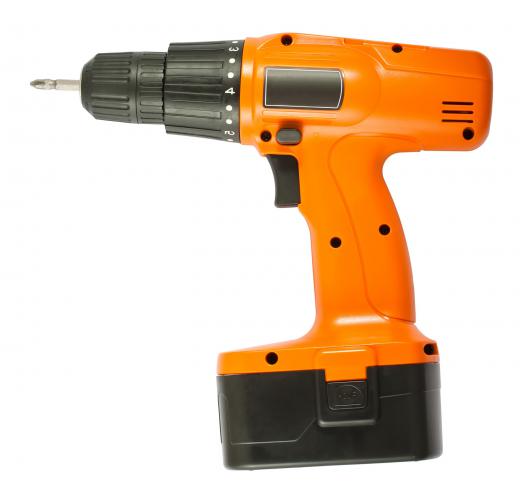A guide screw is a screw that provides for a part of a machine to perform certain limited motions in order for the machine to properly function. One common use for a guide screw is to allow an object to rotate, such as a wheel or gear. A guide screw may also allow a part of a machine to move up and down to a limited degree.
These screws can be used in many environments. They can be found on common mechanical products, allowing a rotor to turn properly. Guide screws are frequently necessary components on large industrial machines. They are even used in medical situations. In these scenarios a guide screw allows surgeons to perform precise actions on a patient, using the length and threading of the guide screw to avoid errors in a surgical procedure.

One common use for a guide screw is to create a hole in a material and then be removed to allow the precise insertion of a screw later on in the assembly process. A substitute for this method is called a screw guide. This is a small tool that is used to ensure that a screw goes into the work piece at the desired angle and depth.
Both powered drills and conventional screwdrivers can be used with screw guides. They are especially helpful with powered drills as the speed and force of a powered drill can amplify what would be a fixable human error into a mistake that damages the work piece beyond repair. The potential for costly errors makes screw guides essential for use in a manufacturing setting.
Screw guides are generally available in sets. These feature holes of different diameters to match the different possible screws that can later be precisely set into the work piece. Sometimes a built in ruler is included to further help the worker make choose the correct diameter of drill bit and depth to drill. Any screw, including a guide screw, may be inserted into one of these holes.
Both guide screws and screw guides are available for purchase at hardware stores and online. Some online hardware manufacturers allow bulk amounts to be purchased at discounted rates. This can be advantageous if they are intended to be used in a manufacturing environment. Whether used in a factory or in a home based shop both guide screws and screw guides are useful devices that improve precision when using mechanical devices.
